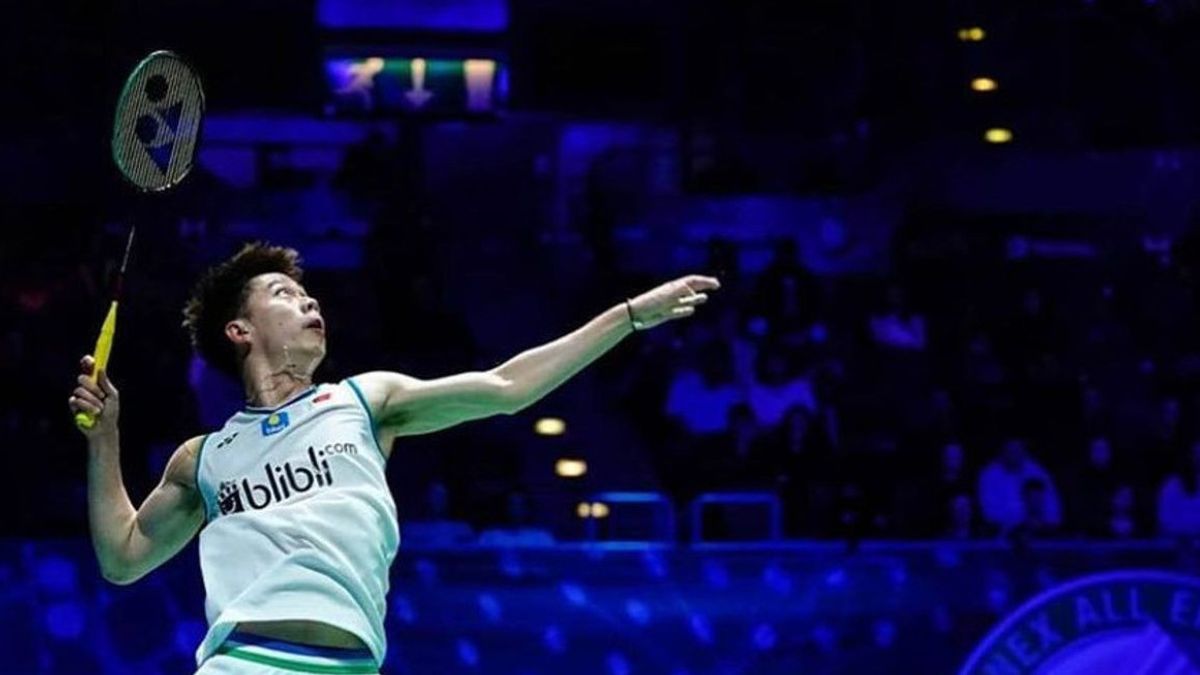JAKARTA - Indonesia is one of the countries that has the most flashy achievements in badminton. A number of championships, such as the All England and even the Olympics were won by national athletes. What is the history of badminton which is also called badminton in Indonesia?
The history of badminton began two hundred years ago in ancient Egypt. Badminton can be said to be the grandson of a Chinese game called "jianzi".
Unlike today's badminton game, jianzi is played using the feet. The jianzi game is played with the player keeping the ball as long as possible so it does not touch the ground.
Crying hair began to become widespread and played in medieval England. Badminton is known as "battledores" or "shuttlecocks".
Not a racket. At that time people used sticks or oars as a bat. Then, in 1854, a magazine called Punch created a cartoon to publish the sport.
Since then, the game has grown in popularity and is widely played on the streets around the City of London. Its popularity also extends to Japan, China, and even Siam.
Badminton found British soldiers to enter IndonesiaReported by the Ministry of Health's website, the real badminton sport was actually discovered by British soldiers in Pune, a region in India previously known as Poona. At that time they added netting equipment and played the sport in the opposite direction.
The sport was later widely known as "poona". Early in 1860, Isaac Spratt, a toy businessman from London distributed pamphlets that read, "Badminton Battledore: A New Game".
In the pamphlet, Isaac Spratt traces the formulations on how to play badminton and its various rules. The regulations that Isaac Spratt introduced are different from the old rules that were applied to the game of poona or battledore.
Three years later, 1863, The Cornhill Magazine article gave an overview of how the battledore game was "played on two sides, separated by a divider five feet from the ground." This is the era of the beginning of modern badminton.
For the people of Indonesia, badminton was known when the British Colonial government soldiers arrived. Since then badminton has grown rapidly until the Indonesian Badminton Association (PBSI) was formed on May 5, 1951.
Badminton rulesSince it was first discovered, badminton has had basic rules. One of them, badminton is played on a rectangular field with a length of 13.4 meters and a width of 6.1 meters for doubles and 5.18 meters wide for single games.
The badminton court is divided in half by dividing the net. Inside the court is a square service area 1.98 meters from the net. For doubles play, the service area is 0.76 meters from the back line.
Regarding net height, the regulations require that the height be up to 1.55 meters from the edge and 1.542 meters in the middle of the field. The lip of the net must be white, as opposed to the color of the net which must be dark.
For racquets, the Badminton World Federation (BWF) does not specify rules or specifications. Meanwhile, the matter of how come, BWF stipulates that how come it must be 58-68 millimeters in diameter.
Besides that, you also have to have 16 feathers with a length of 62 to 70 millimeters. By weight, the rules include the numbers 4.47 grams and 5.50 grams.
In each game, badminton begins with a serve. The service rule in singles requires players to be on the right side of the court and give the shuttle to opponents who are also on the right side of the court. This means that the service is carried out in an oblique direction.
A different dual game. The player serving must be on the left side of the court with the shot directed at the opponent in front of him. If the service fails over the net, points will be awarded directly to the opponent.
BERNAS OthersThe English, Chinese, Japanese, Arabic, and French versions are automatically generated by the AI. So there may still be inaccuracies in translating, please always see Indonesian as our main language. (system supported by DigitalSiber.id)









